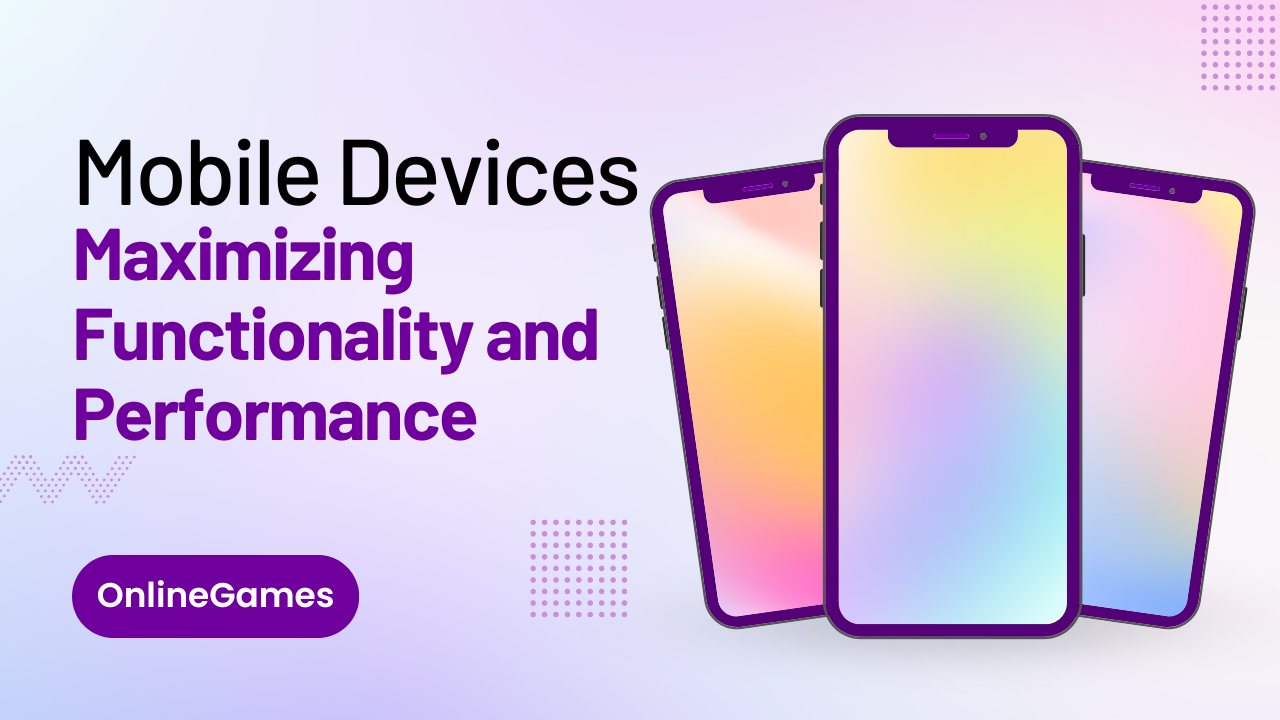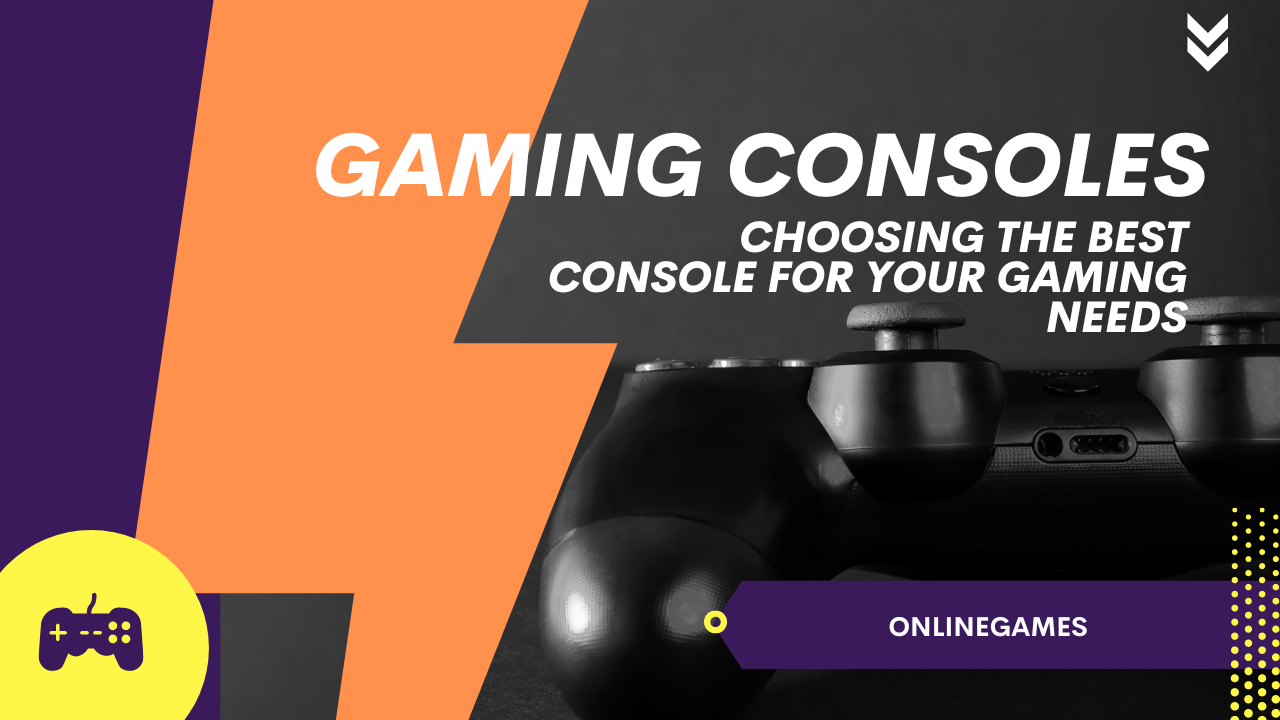In today’s fast-paced digital age, mobile devices have become indispensable tools for both personal and professional use. From smartphones to tablets and everything in between, these gadgets have revolutionized how we communicate, work, and entertain ourselves. Understanding their capabilities and features can significantly enhance your productivity and overall user experience. In this guide, we delve deep into the world of mobile devices, exploring their functionalities, optimizing performance, and choosing the right device for your needs.
Evolution of Mobile Devices: From Brick Phones to Smartphones
The evolution of mobile devices has been nothing short of remarkable. Starting from the bulky, brick-like cellular phones of the 1980s to the sleek, multifunctional smartphones of today, technology has advanced at a staggering pace. Early mobile phones were primarily used for voice calls and text messaging, whereas modern smartphones integrate advanced computing capabilities, high-resolution displays, powerful cameras, and access to a plethora of applications.
Understanding Different Types of Mobile Devices
Smartphones: The Swiss Army Knives of Connectivity
Smartphones are the epitome of versatility in modern technology. They combine the functions of a mobile phone with those of a handheld computer, offering features such as internet browsing, email access, GPS navigation, and multimedia playback. Key players in the smartphone market include Apple’s iPhone series, Samsung Galaxy devices, Google Pixel phones, and many more, each offering unique features tailored to different user preferences.
Tablets: Bridging the Gap Between Mobile and Desktop
Tablets occupy the middle ground between smartphones and traditional desktop computers. They typically feature larger screens than smartphones, making them ideal for tasks such as reading eBooks, watching videos, and browsing the web with more screen real estate. Popular tablets include the Apple iPad, Samsung Galaxy Tab series, and various Android tablets, each catering to specific user needs from entertainment to professional use.
Wearable Devices: Integrating Technology into Daily Life
The rise of wearable devices has brought technology even closer to our daily lives. From smartwatches that track fitness metrics and provide notifications to augmented reality (AR) glasses that overlay digital information onto the real world, wearables offer a new dimension of convenience and connectivity. Brands like Apple, Fitbit, and Garmin lead the wearable technology market with innovative designs and functionalities.
Optimizing Performance and Extending Battery Life
Performance Optimization Tips for Mobile Devices
To ensure your mobile device operates at its peak performance, consider these optimization tips:
- Update Software Regularly: Install the latest operating system updates and app versions to benefit from security patches and performance enhancements.
- Manage Storage: Regularly delete unused apps and files to free up storage space and improve device responsiveness.
- Optimize Settings: Adjust the display brightness, disable background app refresh, and manage location services to conserve battery life and enhance performance.
Extending Battery Life
Battery life is a crucial factor for mobile devices. To extend battery longevity:
- Adjust Screen Brightness: Lower screen brightness settings to conserve power.
- Use Battery Saver Mode: Enable battery saver mode to restrict background processes and extend battery life during critical usage periods.
- Monitor App Usage: Identify and close apps consuming excessive battery power through your device’s battery usage settings.
Choosing the Right Mobile Device for Your Needs
Factors to Consider When Choosing a Mobile Device
Selecting the right mobile device depends on various factors, including:
- Operating System: Choose between iOS, Android, or other operating systems based on your familiarity and app ecosystem preference.
- Screen Size and Resolution: Consider your preference for screen size, from compact displays for portability to larger screens for multimedia consumption.
- Camera Quality: Evaluate camera specifications if photography or video calling is essential to you.
- Storage Capacity: Determine adequate storage for your apps, photos, videos, and documents.
Researching and Comparing Options
Before making a purchase, research and compare mobile devices using online reviews, specifications, and user feedback. Websites like The Insider’s Views provide detailed comparisons and insights into the latest models, helping you make an informed decision based on your specific needs and budget.
Mobile Devices continue to redefine how we interact with technology, offering unprecedented convenience and connectivity in our daily lives. Whether you opt for a smartphone, tablet, or wearable device, understanding their capabilities and optimizing their performance enhances your user experience. By staying informed about the latest advancements and selecting the right device for your needs, you can leverage technology to its fullest potential.










